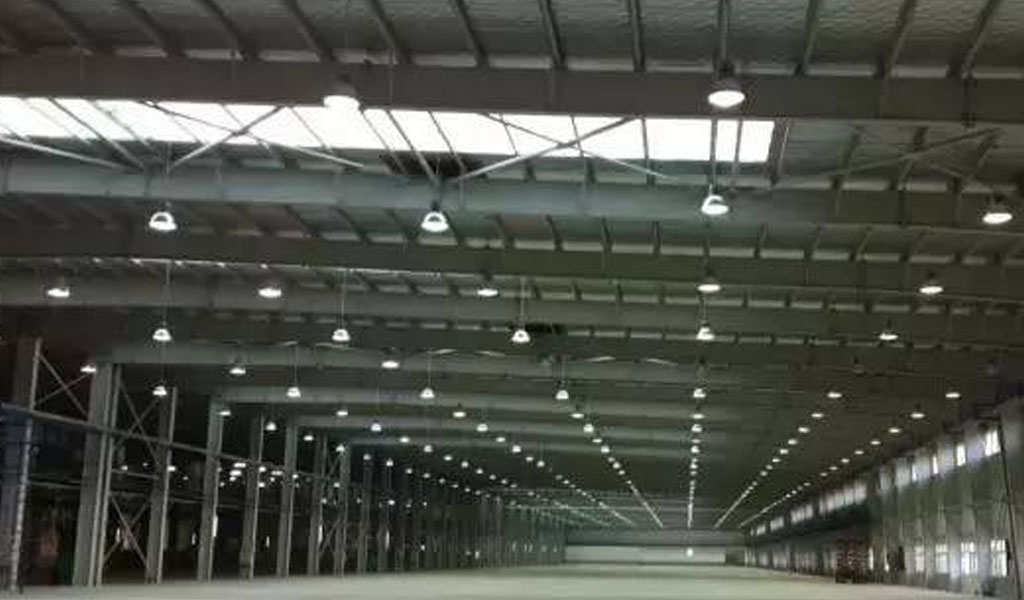
Now the whole world is calling for the use of Traditional LED High Bays and UFO LED High Bay Light, but the price of LED high bay lights is much higher than that of ordinary energy-saving lamps. Why use LED high bay lights instead of energy-saving lamps? Let’s take a look at the differences between them Do you understand why?
- The power consumption of ordinary energy-saving lamps is relatively large, more than three times that of LED industrial and mining lamps. In terms of energy conservation and environmental protection, energy-saving lamps have not kept up with the times.
- Ordinary energy-saving lamps contain mercury. If the bulb is damaged, it will affect people’s safety.
- The average lifespan of ordinary energy-saving lamps is only 1 year, while LED industrial and mining lamps can reach 5W hours.
- Ordinary energy-saving lamps only emit white and warm colors, while LED industrial and mining lamps are all solid illuminants, solid cold light sources, and luminous colors are rich and colorful, such as: white, yellow, blue, etc.
- LED industrial and mining lights are energy-saving and environmentally friendly, shockproof, waterproof, miniature, high brightness, easy to adjust light, etc.
It is not difficult to see that the advantages of Linear LED High Bay Light will develop greatly in the near future and gradually replace energy-saving lamps.
LED high bay lights have the following six characteristics:
- Environmental protection, energy saving, normal service life of lamps; more than 50,000 hours.
- Under the premise of the same brightness, 70W LED high bay light save 60% of electricity than 175W high-pressure sodium lamps.
- For the light source part of industrial and mining lights, the light source adopts American company chips, which have high efficiency, low light decay, and large current margin. The rated current of the chip is 700mA, and the actual use is only 310mA. It has a good heat dissipation design, and solder is used for die bonding. The thermal resistance is small, and the working temperature of the chip is low. The actual junction temperature is less than or equal to 50°C, thus ensuring the stability and long life of the work.
- About 80% of the energy in the heat dissipation part of industrial and mining lamps is converted into heat energy. Therefore, with the increase of LED power and integration, the heat flux density of LEDs increases rapidly, and its heat dissipation problem becomes more and more serious. . Excessively high LED junction temperature not only rapidly reduces the life of the LED, but also has a serious or even fatal impact on many performance parameters such as the peak wavelength, optical power, and luminous flux of the LED. However, the cooling capacity of natural convection heat dissipation, fan forced heat dissipation, and various heat pipe heat dissipation methods currently used is very limited, and it has been difficult to obtain heat from the surface of the high-heating intensity LED wick in time and dissipate heat to the outside to reduce its temperature to an ideal range. .
- The lamp body of industrial and mining lamps:Super cooling capacity: The heat flux density has reached 400W/cm2, and its capacity is 1000 times higher than that of water cooling, and about 100 times higher than that of heat pipes.
- Low LED chip temperature: The working temperature of the LED chip can be lower than 60°C. Light weight and small size: the weight is less than 25% of the existing radiator, and the volume can be as small as less than 20%.
- Cooling without power consumption; passive heat dissipation, no need for fans or water pumps, no energy consumption for cooling.
- Industrial and mining lighting application occasions, suitable for shipyards, mines, workshops, factory buildings, warehouses, road toll stations, gas stations, large supermarkets, exhibition halls, gymnasiums and other places that require industrial and mining lighting.
The Link From:The obvious advantages and characteristics of LED industrial and mining lights






